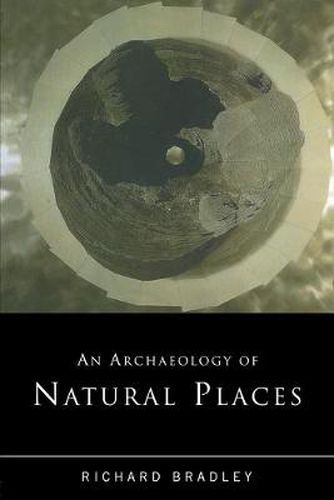Readings Newsletter
Become a Readings Member to make your shopping experience even easier.
Sign in or sign up for free!
You’re not far away from qualifying for FREE standard shipping within Australia
You’ve qualified for FREE standard shipping within Australia
The cart is loading…






In studying settlements and monuments, archaeologists have learnt a great deal about the ways in which these sites were used during prehistory. But such studies have often been limited, for their main sources of evidence were purposefully created. Little has been said about the special importance to prehistoric people of unaltered features of the landscape. This volume explores why natural places such as caves, mountains, springs and rivers assumed a sacred character in European prehistory, and how the evidence for this can be analysed in the field.It shows how established research on votive deposits, rock art and production sites can contribute to a more imaginative approach to the prehistoric landscape, and can even shed light on the origins of monumental architecture. The discussion is illustrated through a wide range of European examples, and three extended case studies. An Archaeology of Natural Places extends the range of landscape studies and makes the results of modern research accessible to a wider audience, including students and academics, field archaeologists, and those working in heritage management.
$9.00 standard shipping within Australia
FREE standard shipping within Australia for orders over $100.00
Express & International shipping calculated at checkout
In studying settlements and monuments, archaeologists have learnt a great deal about the ways in which these sites were used during prehistory. But such studies have often been limited, for their main sources of evidence were purposefully created. Little has been said about the special importance to prehistoric people of unaltered features of the landscape. This volume explores why natural places such as caves, mountains, springs and rivers assumed a sacred character in European prehistory, and how the evidence for this can be analysed in the field.It shows how established research on votive deposits, rock art and production sites can contribute to a more imaginative approach to the prehistoric landscape, and can even shed light on the origins of monumental architecture. The discussion is illustrated through a wide range of European examples, and three extended case studies. An Archaeology of Natural Places extends the range of landscape studies and makes the results of modern research accessible to a wider audience, including students and academics, field archaeologists, and those working in heritage management.